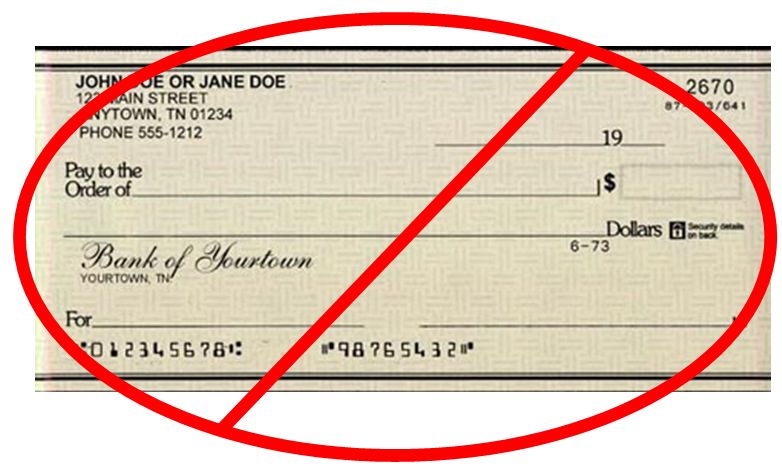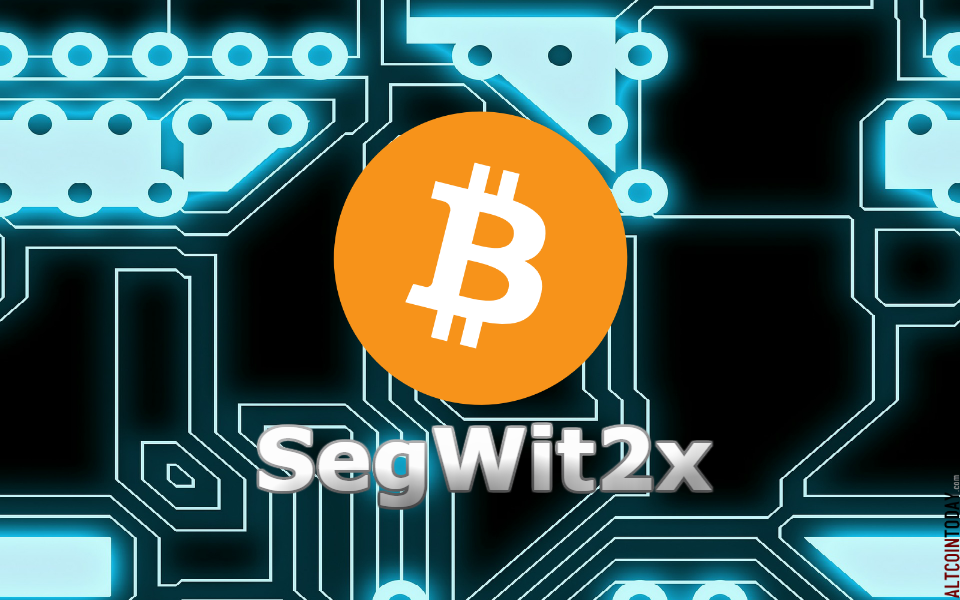Much of the bitcoin community is resistant to the idea of centralized control.
So it shouldn’t come as a surprise that some have developed a similar opposition to bitcoin scaling proposals that appear to have centralized leadership.
And, some would argue there’s no bigger offender in this vein than Segwit2x.
A majority of major mining pools have pledged to trigger Segwit2x with their combined computing power by the end of this month, activating a long-awaited (though contentious) code change known as Segregated Witness (SegWit) that’s been at the center of bitcoin’s scaling debate. Later on, it would set the network down a road to a possible hard fork.
But, a sizable group of bitcoin users isn’t looking to follow the lead of mining pools.
Mistrustful of this mining group, especially its particularly large players, some users are moving forward with a controversial proposal called BIP 148 on August 1.
If mining pools do indeed lock in SegWit by the end of the month, UASF supporters might not need to move forward with BIP 148. But they aren’t sure if mining pools will follow through.
“Unfortunately a few miners … have a record of manipulation, so their signaling for SegWit2x can’t be trusted,” blockchain startup founder and BIP 148 supporter Ragnar Lifthrasir told CoinDesk.
BIP 148 seeks to enact a user-activated soft fork (UASF) which would find node operators upgrading to SegWit.
Yet, the move is interesting because of Segwit2x’s popularity and the recent commitment from mining pools to activate SegWit before August. When asked about this, the UASF’s GitHub maintainer, Miłosz Kwiatkowski, responded similar to Lifthrasir, telling CoinDesk:
“Probably because some miners have not made themselves look very trustworthy in the past, and some are actively plotting an attack on the network in the future.”
Kwiatkowski added users want to “feel protected” in the case mining pools do not follow through with the Segwit2x agreement.
Mental tool
Mistrust isn’t the only reason some users continue to support the BIP 148 path.
Some believe the expectation of a UASF activation could change what mining pools do and whether or not they follow through with upgrades to the network.
Lifthrasir referenced litecoin as an example, noting how mining pools united around SegWit to upgrade the lesser-known cryptocurrency earlier this year. He believes miners only did so after the litecoin community rallied around a UASF, since this type of soft fork could undermine miner’s perceived influence.
“To me, Segwit2x is equivalent to the litecoin roundtable, a way for miners to adopt SegWit before the users do it for them,” Lifthrasir said.
He believes the same is already happening on bitcoin.
“BIP 148 is already succeeding in two ways. First, the current all-time high for miners signaling for SegWit is a result of the threat of BIP 148,” he said.
The original SegWit stalled for months at about 30% hashrate, but around the time BIP148 saw increased interest, this support saw an increase to roughly 45%.
Although Lifthrasir isn’t taking the mining pool’s Segwit2x pledge for granted, he believes they probably will trigger the change since it’s in their own interest.
This idea could be a relieving thought, as support for BIP 148 hasn’t grown very much over the past month. And while it’s success relies in large part on the support of major bitcoin exchanges and companies, with two weeks to go, most have not taken a public position on it.
If not enough of the bitcoin ecosystem supports the BIP148 chain, bitcoin could split into two competing assets.
‘Boycott on steroids’
That’s why BIP 148 is highly controversial.
While Bitcoin Core contributors, for example, are supportive of upgrading bitcoin to support SegWit, many are wary of doing it the way BIP 148 lays out.
Some of bitcoin’s most active protocol developers don’t support BIP 148. Bitcoin protocol startup Chaincode co-founder Alex Morcos and Blockstream CTO Greg Maxwell are both outspoken opponents. And Bitcoin Core contributor David Harding called it a “boycott on steroids.”
Although deadlines for both BIP 148 and SegWit2x are approaching, there are other longer-term options for boosting transaction capacity, one by way of a different UASF. The upside is that these could be less disruptive in that they require less action from mining pools. The downside is the longer time to activation.
Still, despite this divide, some developers and users plan to move forward with BIP 148 on August 1. In this way, it’s perhaps been more of a user-driven change, with users such as Coinkite co-founder and CEO Rodolfo Novak and developer Damian Mee advocating for the specific proposal change from early on.
Lifthrasir concluded:
“BIP 148 is about more than activating SegWit, it’s about activating user sovereignty.”
Disclosure: CoinDesk is a subsidiary of Digital Currency Group, which acted as organizer for the SegWit2x proposal and has an ownership stake in Blockstream.
Breaking ties image via Shutterstock
The leader in blockchain news, CoinFeeds is an independent media outlet that strives for the highest journalistic standards and abides by a strict set of editorial policies. Interested in offering your expertise or insights to our reporting? Contact us at [email protected]













